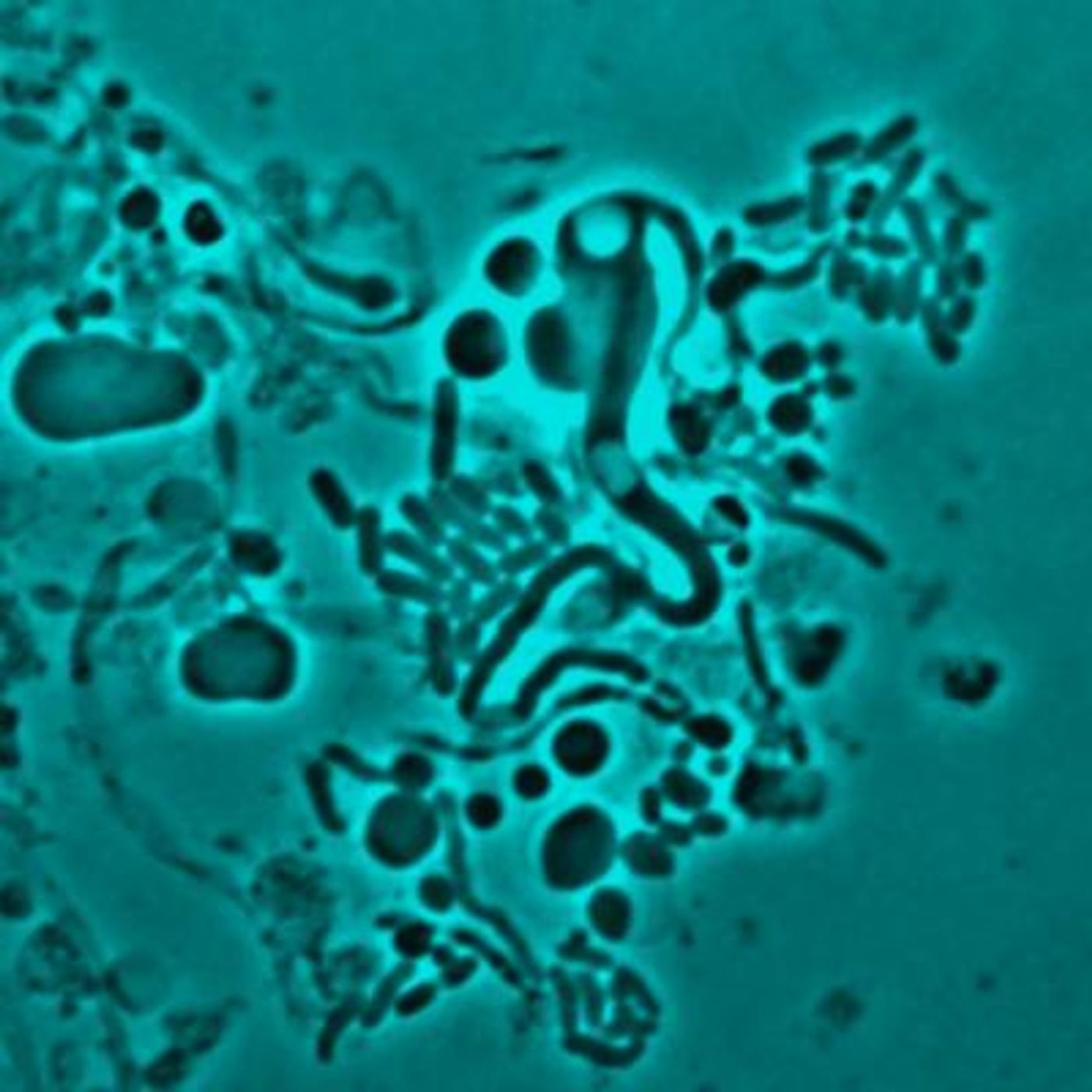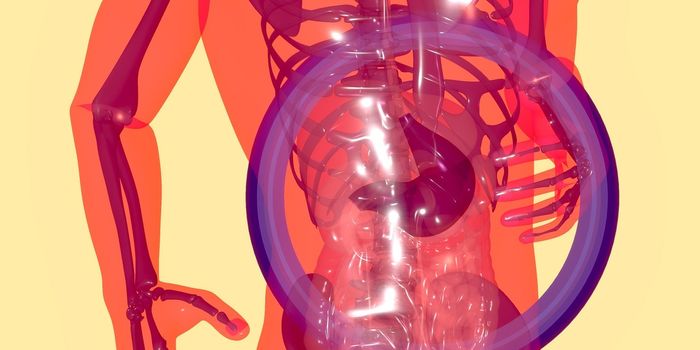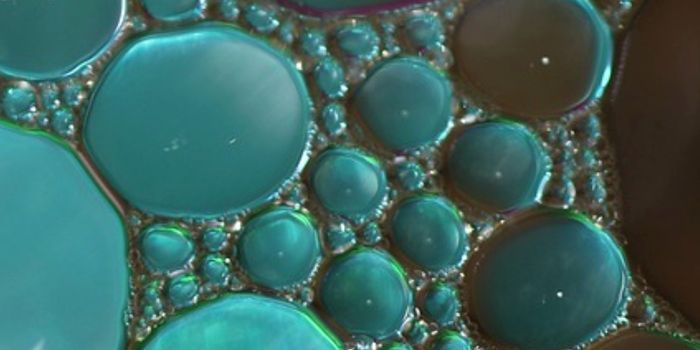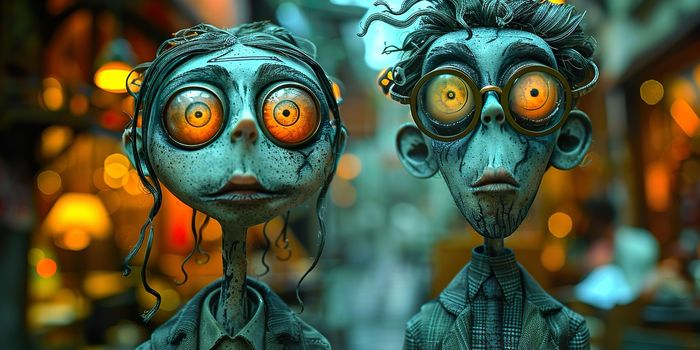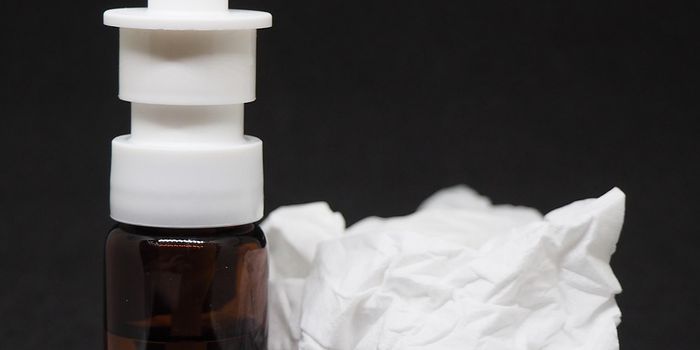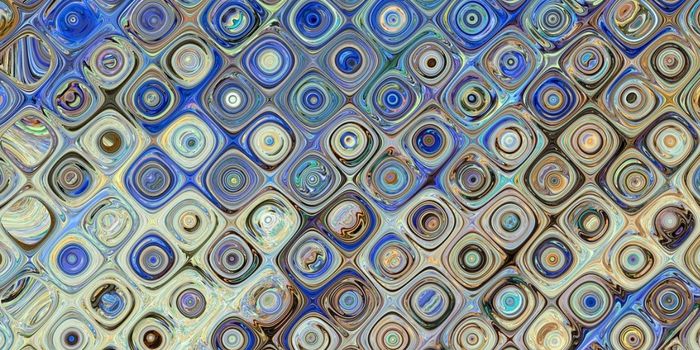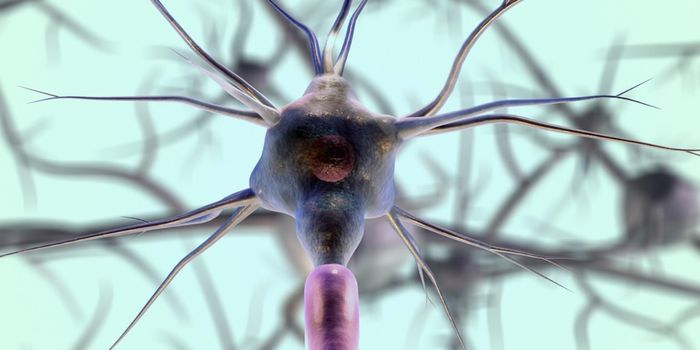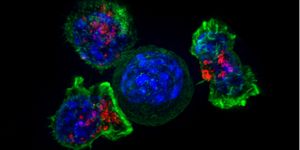Researchers Discover a Cause of Antibiotic Resistance
For years, people have relied on antibiotics to cure bacterial infections, and many of those antibiotics are now becoming less effective. It’s partly because bacteria are highly adaptable, but humans have also been misusing antibiotics and helping the process along. The World Health Organization has stated that antibiotic resistance is reaching dangerous levels, and poses a significant threat to food security and global health. Scientists have now learned that bacteria are capable of changing their form so they can avoid the impact of antibiotics in the body.
In this study, reported in Nature Communications, researchers assessed bacteria from elderly patients with chronic urinary tract infections (UTIs). The team from Newcastle University determined that some of the infectious bacteria they harvested can shed their cell wall, which is a target of many antibiotics. L-form bacteria, which lack cell walls, were first described in 1935. But it was thought that most microbes would die without a cell wall, as its contents would leak out. The nature of L-form bacteria has been a matter of debate.
"Imagine that the wall is like the bacteria wearing a high-vis jacket. This gives them a regular shape (for example a rod or a sphere), making them strong and protecting them but also makes them highly visible - particularly to [the] human immune system and antibiotics like penicillin," explained the lead author of the study, Dr. Katarzyna Mickiewicz, a researcher at Newcastle University.
"What we have seen is that in the presence of antibiotics, the bacteria are able to change from a highly regular walled form to a completely random, cell wall-deficient L-form state; in effect, shedding the yellow jacket and hiding it inside themselves. In this form, the body can't easily recognize the bacteria so doesn't attack them and neither do antibiotics."
The study indicated that if a patient with a UTI is receiving antibiotics, the infection-causing bacteria can switch to an L-form. The video below from Newcastle University shows bacteria transitioning from their L-form to a walled form when antibiotic is removed from their environment, which took about five hours. The researchers also used a zebrafish model to visualize L-form transitioning in a living organism. Bacteria are weak and flimsy in their L-form, but they can withstand antibiotics.
Previous work by the Errington lab has shown that our immune system can sometimes encourage L-form switching, but antibiotics are far better at promoting the transition. This study found L-forms of a variety of bacteria that are linked to UTIs like Staphylococcus, E. coli, Enterococcus, and Enterobacter in 29 of the 30 individuals that participated in the study.
"In a healthy patient, this would probably mean that the L-form bacteria left would be destroyed by their hosts' immune system. But in a weakened or elderly patient, like in our samples, the L-form bacteria can survive. They can then re-form their cell wall, and the patient is yet again faced with another infection. And this may well be one of the main reasons why we see people with recurring UTIs,” explained Mickiewicz.
"For doctors, this may mean considering a combination treatment—so an antibiotic that attacks the cell wall then a different type for any hidden L-form bacteria, so one that targets the RNA or DNA inside or even the surrounding membrane."
These L-forms are challenging to detect with typical methods as well; they cannot stand the pressure of a gel used in such assays. In this study, the researchers employed an osmoprotective media to support the microbes in their L-forms.
Sources: AAAS/Eurekalert! via Newcastle University, Nature Communications
